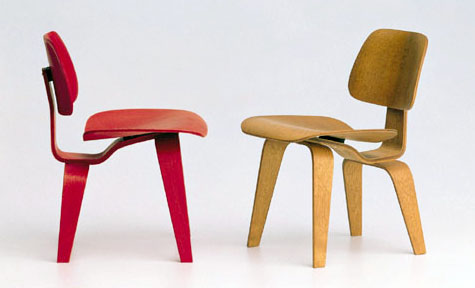Design for the 90%
Reference:
Historically, professionally-trained designers have only focused on a small percentage
of the world’s population often leaving out the majority of the world, but that is changing in the new millennium as designers, architects, engineers, planners, policy-makers, and NGOs are collaborating with local communities, to formulate innovative approaches to urban planning; affordable housing; non-formal education and public health initiatives. (Unesco, 2007)
草根運動(Grassroot Movement)
Grassroots innovations typically involve ‘networks of activists and organisations generating novel bottom–up solutions for sustainable development; solutions that respond to the local situation and the interests and values of the communities involved’ (Seyfang and Smith 2007): 585). [link]安尼爾古普塔(Anil Gupta)[link]
安尼爾運作一個稱為「蜜蜂網絡」。模式在於蜜蜂如何工作-蒐集花粉卻不傷害花,以及藉著散播花粉讓花能夠繁殖-而蜜蜂網絡搜集以及幫助發展草根發明家的點子,分享而不是竊取他們的點子。
最新的統計顯示他們登錄了一萬種不同的發明。
一位印度發明家不能負擔購買牽引機的費用,成本相當於2500美金。但是他可以負擔約800美金的摩托車,所以他發明了約400美金的組件能夠將原先的摩托車轉變成三輪牽引機(當然是可拆卸的,所以還是可以用來通勤)。
另外一個農業發明家在施作肥料的時候面臨類似的問題,他的解決方案也一樣,改裝摩托車成為肥料施作機。
還有一位發明家在印度鄉下被電力短缺以及仔牛不足所困。隨處可見的牛隻勞動力是農村經濟的發動機,而這些農務與負重的工作帶著農村前進。他想著如何為什麼不能從牛隻的肩架上產生電力?
他的發想帶來的解決方案是把肩架放上機械發電機,讓牛走在發電機的周圍就可以將獸力轉換成電力。這種獸力發電裝置可以產出1千瓦特的電力,對於農場與幾間房子來說是綽綽有餘。而且牛隻好像不介意這樣的發電勞動,因為這只是牠所拖拉的東西之一而已。(Gershenfeld, Neil A. (2005). Fab: the coming revolution on your desktop—from personal computers to personal fabrication. New York: Basic Books.ISBN 0-465-02745-8.)
Sustainable product is the best solution?
設計是技術的中介者?
e.g., Charles and Ray Eames
Design Applications (refers to Technologies)
Wood Bend Technologies [link]
"Ant" Chair by Arne Jacobsen
Social issue as design elements?
- Form of Activity (embodiedment / 具象化)
- Material of Action (enrichment / 豐富化)
- Aesthetics of Behavior (empowerment / 賦予權力)
- ... etc
Depends





沒有留言:
張貼留言